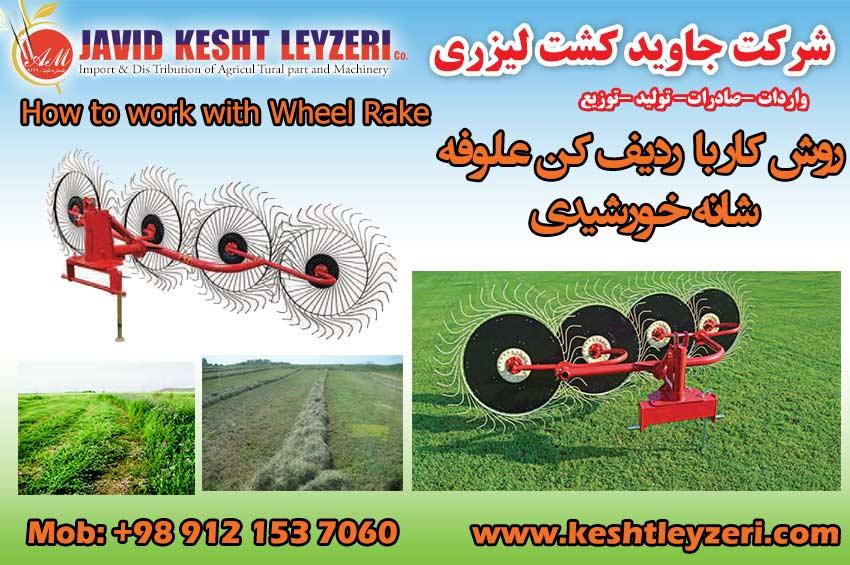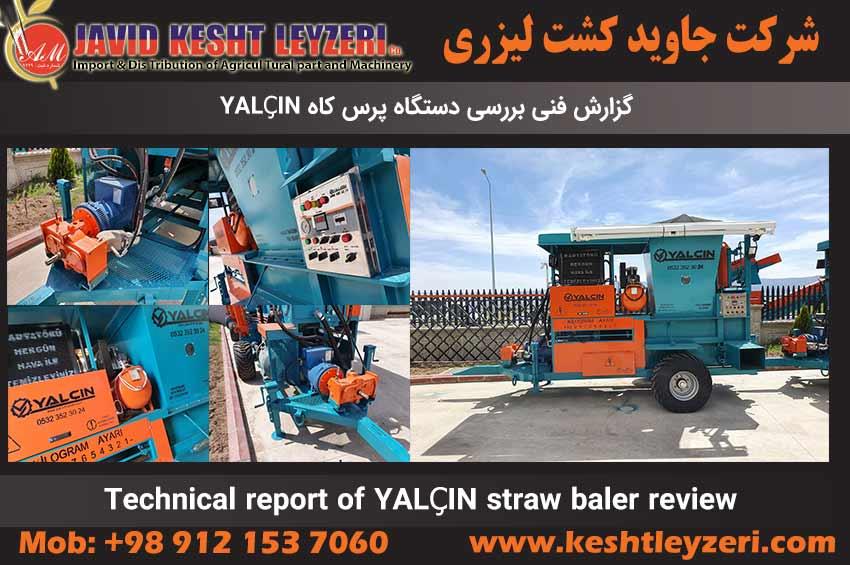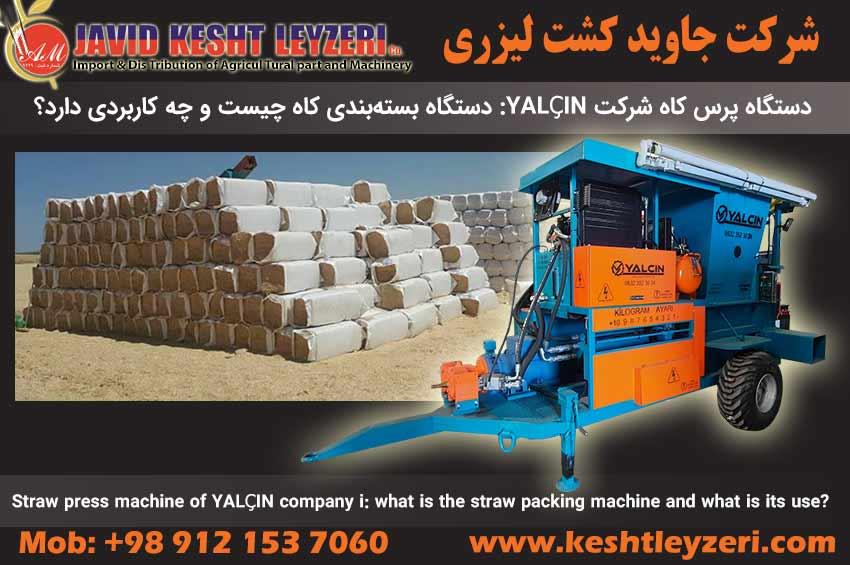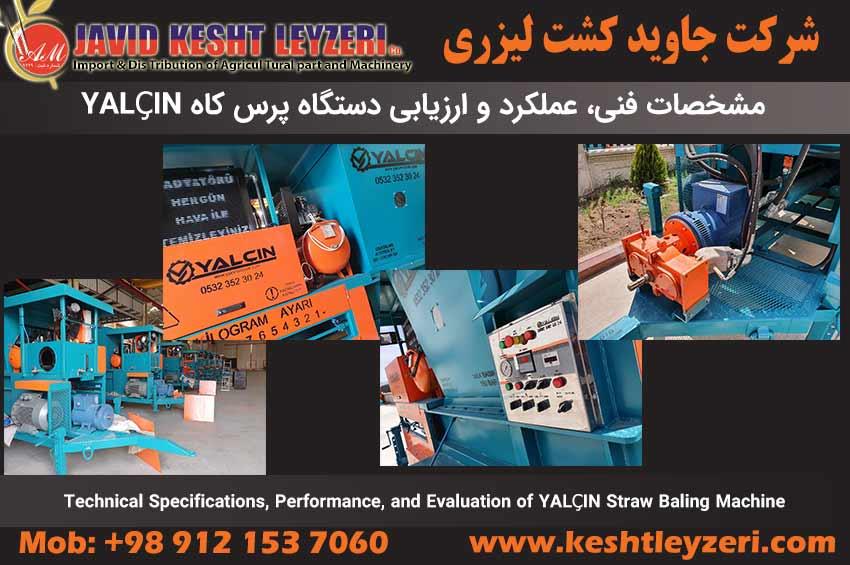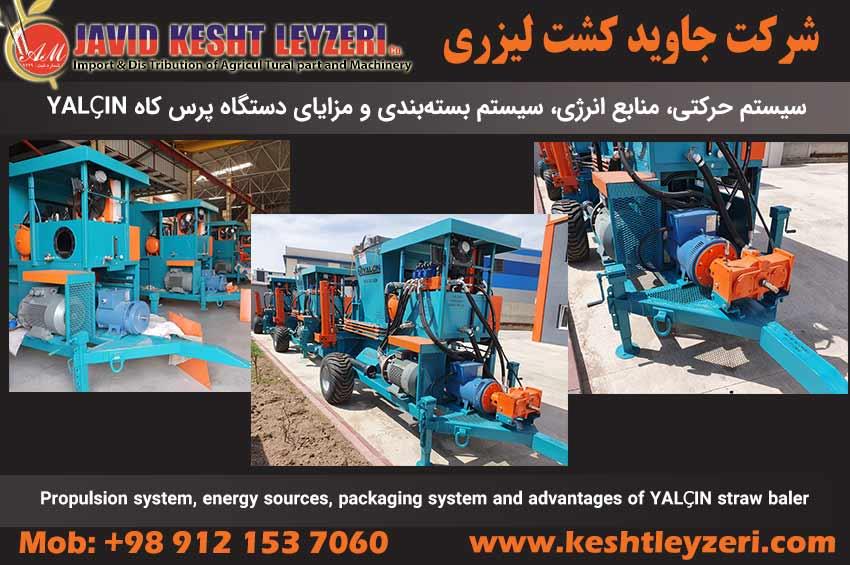برای گیاهان برگی همچون یونجه و شبدر، عمل شانه زدن باید قبل از کاهش محتوای رطوبت گیاه به زیر 40 درصد خاتمه یابد زیرا پس از آن برگ ها خشک شده و مي ریزند. معمولا در اكثر نقاط ايران در تابستان 24 ساعت بعد از درو و در روزهايي كه دماي هوا پا يين است 24 تا 72 ساعت بعد از درو، عمليات شانه زنی را انجام مي دهند.
برای گیاهان برگی همچون یونجه و شبدر، عمل شانه زدن باید قبل از کاهش محتوای رطوبت گیاه به زیر 40 درصد خاتمه یابد زیرا پس از آن برگ ها خشک شده و مي ریزند. معمولا در اكثر نقاط ايران در تابستان 24 ساعت بعد از درو و در روزهايي كه دماي هوا پا يين است 24 تا 72 ساعت بعد از درو، عمليات شانه زنی را انجام مي دهند.
برای دریافت اطلاعات در مورد دستگاه بسته بندی علوفه و دستگاه سیلاژ علوفه، قیمت خرید دستگاه بسته بندی علوفه و مشاوره خرید کافی است با مدیر فروش شرکت جناب آقای مهندس مردانی با شماره همراه 09121537060 تماس بگیرید و یا از طریق پیام رسان ایتا و واتساپ به ایشان پیام ارسال نمایید.
کلمات کلیدی: قیمت دستگاه سیلاژ علوفه,قیمت دستگاه بسته بندی علوفه,فروش دستگاه سیلاژ علوفه,فروش دستگاه بسته بندی علوفه,خرید دستگاه سیلاژ علوفه,خرید دستگاه بسته بندی علوفه,دستگاه بسته بندی علوفه,دستگاه سیلاژ علوفه,دستگاه سیلاژ ذرت علوفه ای,دستگاه سیلاژ تفاله مالت,دستگاه سیلاژ ذرت,دستگاه بسته بندی ذرت علوفه ای,قیمت دستگاه سیلاژ ذرت علوفه ای,قیمت دستگاه سیلاژ,فروش دستگاه سیلاژ,دستگاه سیلاژ تفاله چغندرقند,دستگاه بسته بندی تفاله چغندرقند ,دستگاه سیلاژ یونجه,قیمت دستگاه سیلاژ یونجه,فروش دستگاه سیلاژ یونجه,قیمت دستگاه سیلاژ مالت علوفه ای,خرید دستگاه سیلاژ یونجه
براي تشخيص زمان اجراي عمليات رديف كردن علوفه مي توان به ميزان خوابيدگي علوفه درو شده دقت كرد. رديف علوفه تازه ، درو شده كه داراي رطوبت بالايي است پف كرده است اما بعد از خشك شدن پف آن مي خوابد. علاوه بر اين اگر رطوبت علوفه درو شده بالا باشد هنگام كار به انگشتي ها مي چسبد و همراه با خورشيدي مي چرخد كه از اين روش نيز مي توان براي تشخيص رطوبت علوفه استفاده كرد.
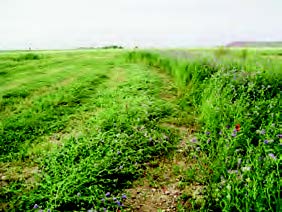
علوفه تازه درو شده
به منظور حصول نتیجه دلخواه از کار با شانه خورشیدی، علاوه بر تنظیم صحیح و رعایت زمان انجام عملیات باید نکات زیر را رعایت نمود:
الف) در نقاط بادخيز امكان جمع شدن و پيچيدن علوفه بر روي انگشتي ها وجود دارد. در اين حالت رديف علوفه به طور كامل تش يكل نمي شود. براي حل اين مشكل از پوشش های بادگير مخصوص، يا از چرخ های بشقابي كيپارچه استفاده شود.
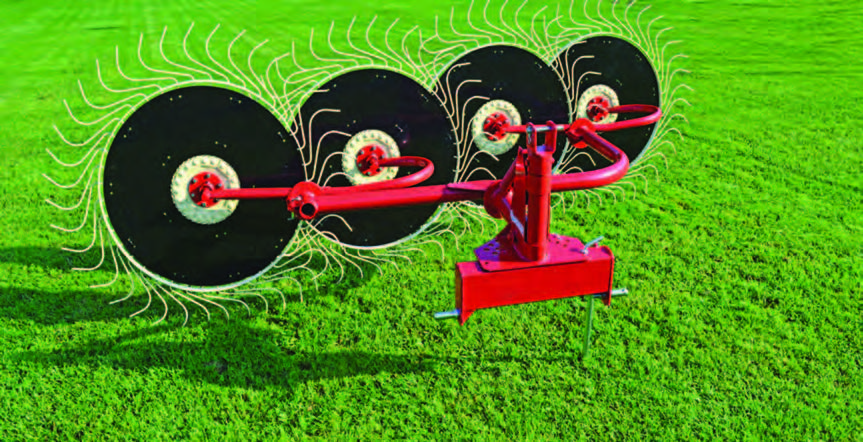
پوشش بادگير شانه خورشيدي
ب) ارتفاع انگشتي ها نسبت به زمين بايد به گونه اي باشد كه در موقع كار نوك انگشتي ها با زمين اصابت نكند. پايين بودن انگشتي سبب داخل شدن سنگ و خاك در علوفه مي شود و امكان شكستگي يا صدمه ديدن انگشتي نيز وجود دارد. از طرفي بالا بودن بيش از حد انگشتي ها باعث جاگذاري مقداري علوفه بر روي زمين خواهد شد. ارتفاع انگشتي ها در شانه های کششی به وسيله دسته هندلي چرخ حامل و در شانه های سوار شونده به وسيله سيستم هيدرولیكي تراكتور تنظيم مي شود.
ج) تعداد رديف هایی از علوفه درو شده كه بايد یکی شوند، متناسب با تراكم علوفه و دماي هوا انتخاب شود. معمولاً در ايران 4 رديف را یکی مي كنند اما با توجه به شرايط مي توان 5 يا 6 رديف را یکی كرد.
د) تمام علوفه اي كه با هم یک رديف مي شوند بايد جابه جا شوند و تنها نزدیك شدن رديف ها به یكديگر مدنظر نمي باشد. به عبارت دیگر ردیف های نهایی باید روی قسمتی از زمین تشکیل شوند که شانه شده و نه آن قسمتی که هنوز شانه نشده است. در اين صورت رديف علوفه ضمن اينكه به طور كامل در حين جابه جايي، هوا خورده و سريع تر خشك مي شوند ، به صورت كي طناب در هم پيچيده مي شوند تا هنگام برداشت با ماشين بسته بند به راحتي از روي زمين برداشته شوند و علوفه اي روي زمين باقي نماند.
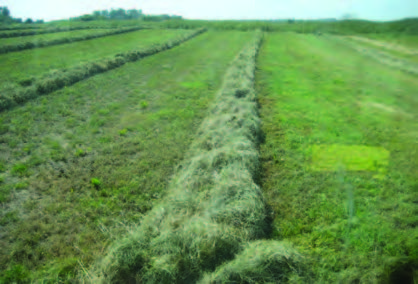
علوفه رديف شده توسط شانه خورشيدي
ه) بهتر است جهت حرکت جارو در همان جهتی باشد که علوفه را درو کرده ایم. هنگام درو، علوفه معمولاًً طوری روی زمین مي افتد که سر آن به طرف عقب قرار مي گیرد. لذا موقعی که جارو در همان جهت دروگر به پیش مي رود، ابتدا به سر ساقه ها مي رسد و با عمل خود این سر را به درون ردیف مي برد. به این ترتیب، ساقه های کلفت در اطراف ردیف قرار مي گیرند تا مستقیماً در معرض تابش نور خورشید و جریان هوا باشند.
در ادامه می توانید تصاویر و فیلم مربوط به محصولات ردیف کن علوفه را مشاهده نمایید:
تصاویر انواع ردیف کن علوفه TINAZ ترکیه
تصاویر یونجه چین و ردیف کن علوفه SURUM ترکیه
فیلم انواع ردیف کن علوفه TINAZ ترکیه
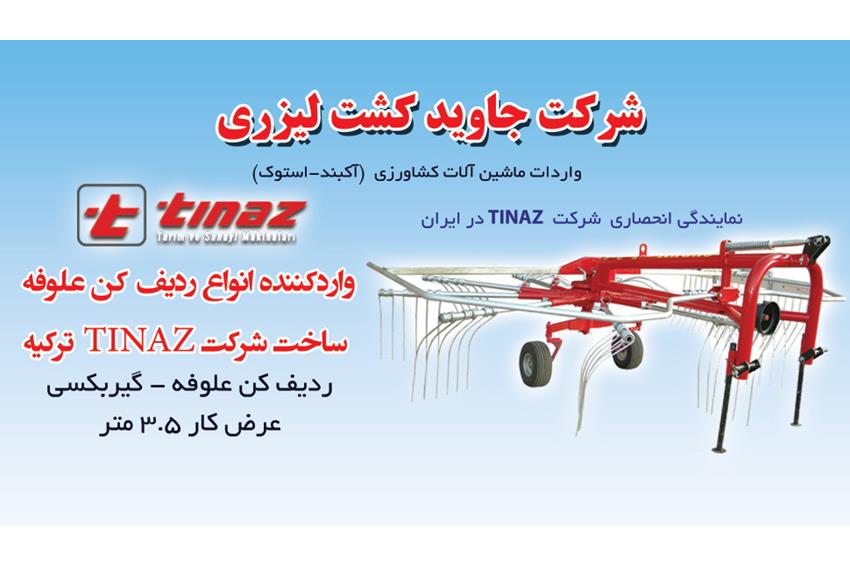
برای دریافت اطلاعات در مورد دستگاه بسته بندی علوفه و دستگاه سیلاژ علوفه، قیمت خرید دستگاه بسته بندی علوفه و مشاوره خرید کافی است با مدیر فروش شرکت جناب آقای مهندس مردانی با شماره همراه 09121537060 تماس بگیرید و یا از طریق پیام رسان ایتا و واتساپ به ایشان پیام ارسال نمایید.
کلمات کلیدی: قیمت دستگاه سیلاژ علوفه,قیمت دستگاه بسته بندی علوفه,فروش دستگاه سیلاژ علوفه,فروش دستگاه بسته بندی علوفه,خرید دستگاه سیلاژ علوفه,خرید دستگاه بسته بندی علوفه,دستگاه بسته بندی علوفه,دستگاه سیلاژ علوفه,دستگاه سیلاژ ذرت علوفه ای,دستگاه سیلاژ تفاله مالت,دستگاه سیلاژ ذرت,دستگاه بسته بندی ذرت علوفه ای,قیمت دستگاه سیلاژ ذرت علوفه ای,قیمت دستگاه سیلاژ,فروش دستگاه سیلاژ,دستگاه سیلاژ تفاله چغندرقند,دستگاه بسته بندی تفاله چغندرقند ,دستگاه سیلاژ یونجه,قیمت دستگاه سیلاژ یونجه,فروش دستگاه سیلاژ یونجه,قیمت دستگاه سیلاژ مالت علوفه ای,خرید دستگاه سیلاژ یونجه

